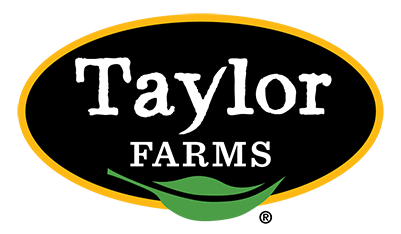Fiber is a crucial component of a healthy diet. It plays a vital role in digestion, heart health, and even weight management. Yet, many of us struggle to get enough fiber daily.
Here’s a tip: If you want to boost your fiber intake, leafy greens are a great place to start. While lettuce alone might not be enough to meet your daily fiber needs, it can certainly contribute to your overall intake.
Different lettuce varieties offer more fiber than you might expect, making them a valuable addition to a fiber-rich diet. Let’s explore the fiber content of various types of lettuce and leafy greens, along with tips on creating delicious salads that can help you reach your fiber goals.
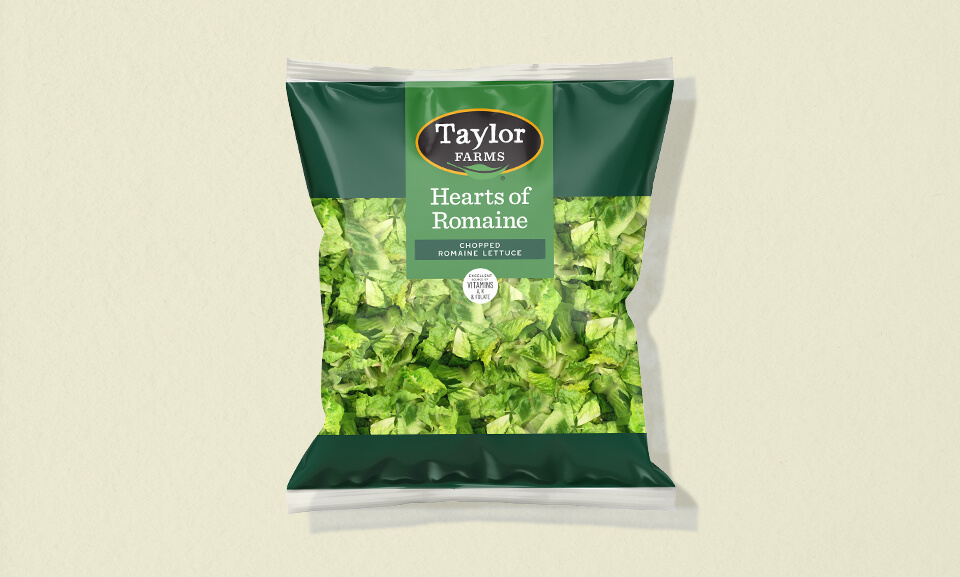
How Much Fiber is in Romaine Lettuce?
Romaine offers a big step up in the fiber department, providing around 2 grams of fiber per cup. Known for its crunchy texture and slightly bitter flavor, romaine is a beloved staple in Caesar salads but works well in almost any mix. Romaine is always a solid choice thanks to its higher fiber content and rich nutritional profile, including vitamins A and K. Plus, it’s versatile enough to use in everything from salads to sandwiches and even lettuce wraps.
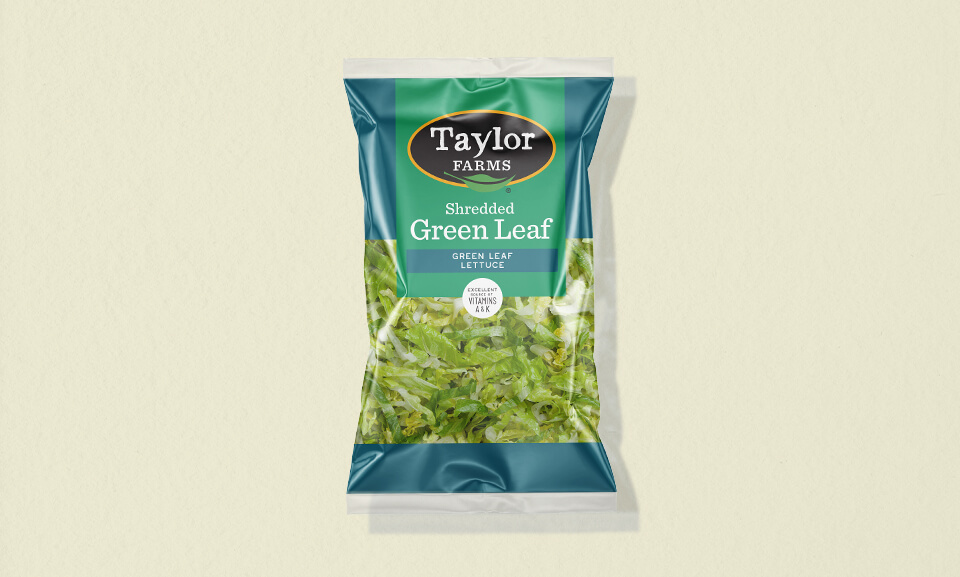
How Much Fiber is in Green Leaf Lettuce?
Green leaf lettuce brings a tender, mild flavor to the table — and about 1.3 grams of fiber per cup. As an added bonus, its ruffled leaves are great at holding onto dressing, ensuring every bite is flavorful and satisfying. It’s a gentle green that plays well with others in a mixed salad, so feel free to get creative!
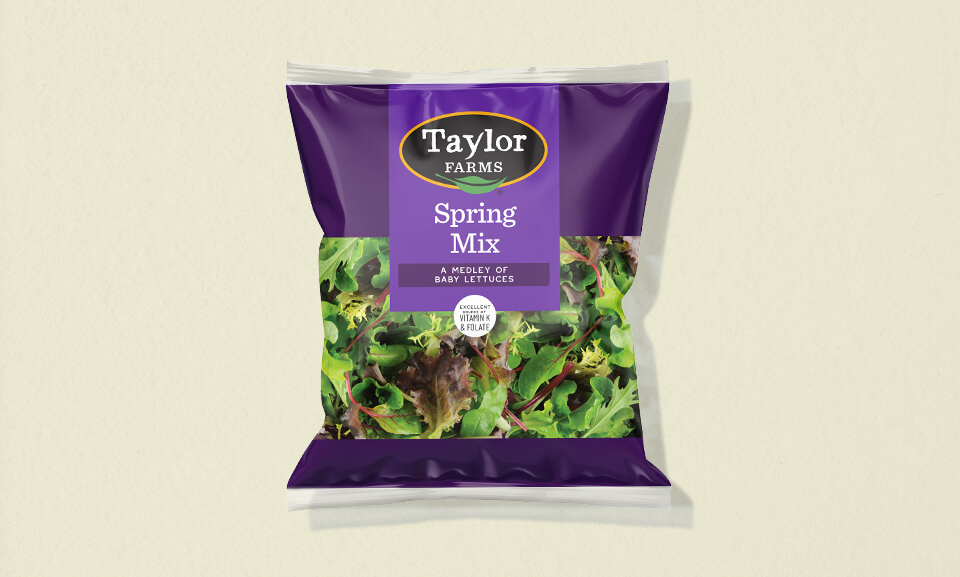
How Much Fiber is in Spring Mix?
Spring mix, a delicate blend of baby lettuces and greens, typically contains around 1.0-1.5 grams of fiber per serving. The mix of greens, which often includes radicchio, arugula, and red leaf lettuce, not only adds a range of flavors and textures but also boosts the overall fiber content. This alluring mix is a fantastic way to diversify your salads, add some softer textures, and increase your fiber intake all at once — not to mention the lovely aesthetics of the different leaves!
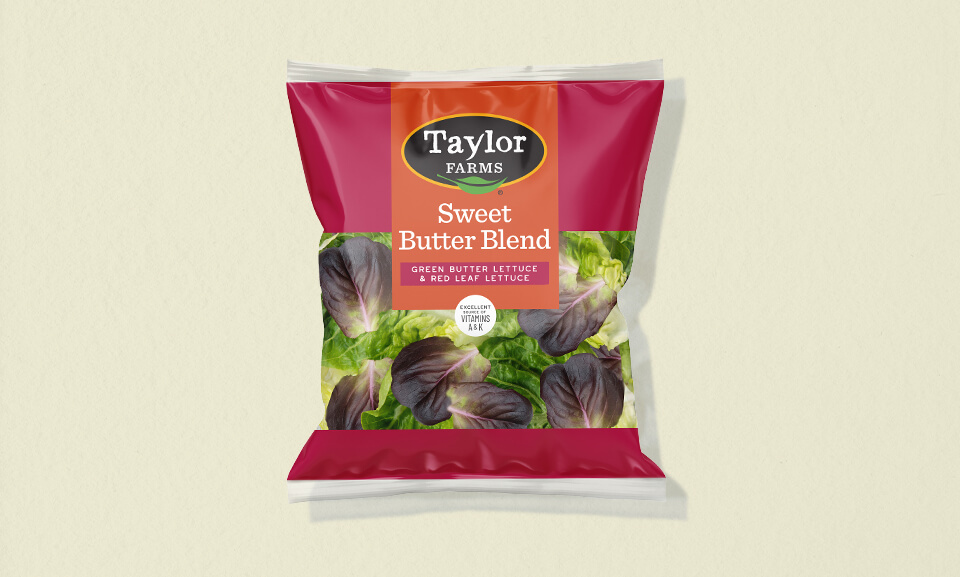
How Much Fiber is in Green Butter Lettuce & Red Leaf Lettuce?
Green butter lettuce, known for its soft, buttery texture, provides about 1 gram of fiber per cup. While it’s on the lower end of the fiber scale, its delicate leaves and mild, sweet flavor make it an excellent base for more fiber-rich toppings and other greens.
Red leaf lettuce is slightly higher in fiber than its green counterpart, offering about 1.2 grams of fiber per cup. With its vibrant color and tender texture, red leaf lettuce adds some extra visual appeal and nutritional value to your salads — especially when paired with its green cousin.
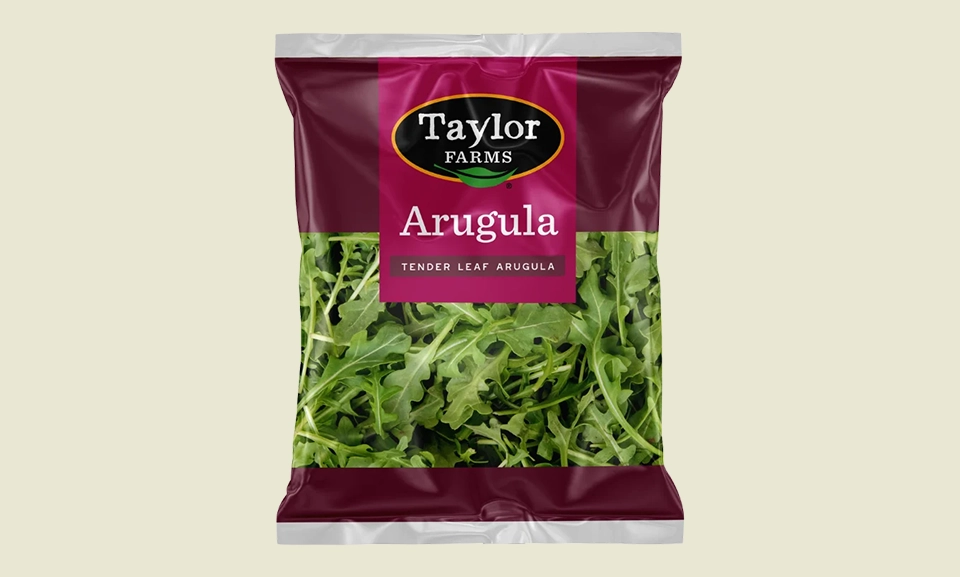
How Much Fiber is in Arugula?
Arugula’s 0.5 grams per cup might not win the gold medal in a fiber race, but it sure tops the podium in flavor. Its peppery bite adds a zesty kick to any dish — an easy way to spice up your greens. While it’s not as fiber-rich as other lettuces, arugula’s bold flavor can elevate any salad, making it a great addition to other fiber-filled blends.
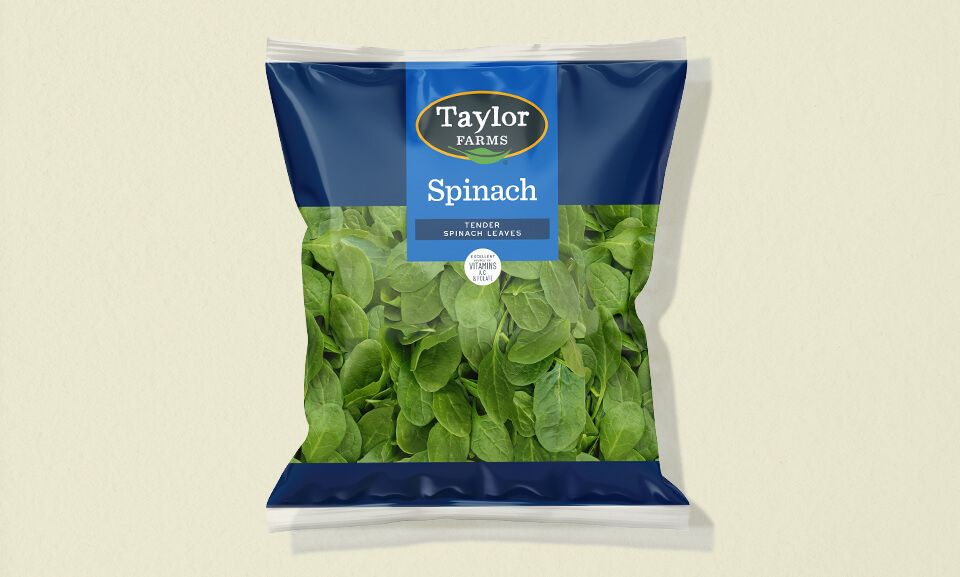
How Much Fiber is in Spinach?
Spinach is a nutrient powerhouse that offers about 0.7 grams of fiber per cup (raw). While it may seem modest, spinach is often consumed in larger quantities, which can easily boost your fiber intake. Plus, it’s incredibly versatile — toss it into salads, smoothies, or sauté it as a side dish.
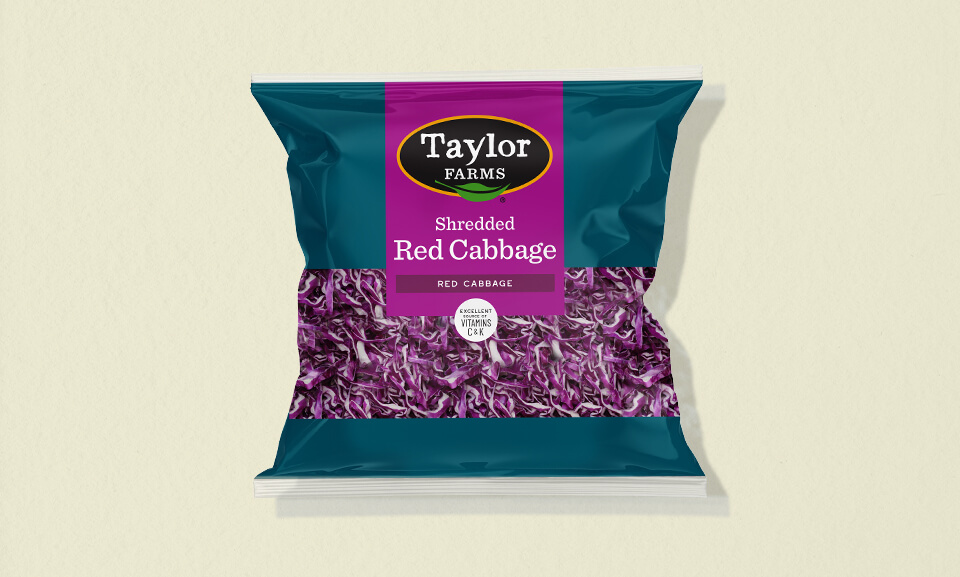
How Much Fiber is in Cabbage?
Cabbage, whether red or green, is a fantastic source of fiber. Although it’s more of a cruciferous vegetable than a leafy green, one cup of chopped raw cabbage provides about 2 grams of fiber, making it an excellent addition to any salad for an extra crunch and nutritional boost. Its firm texture also holds up well in coleslaws and stir-fries!
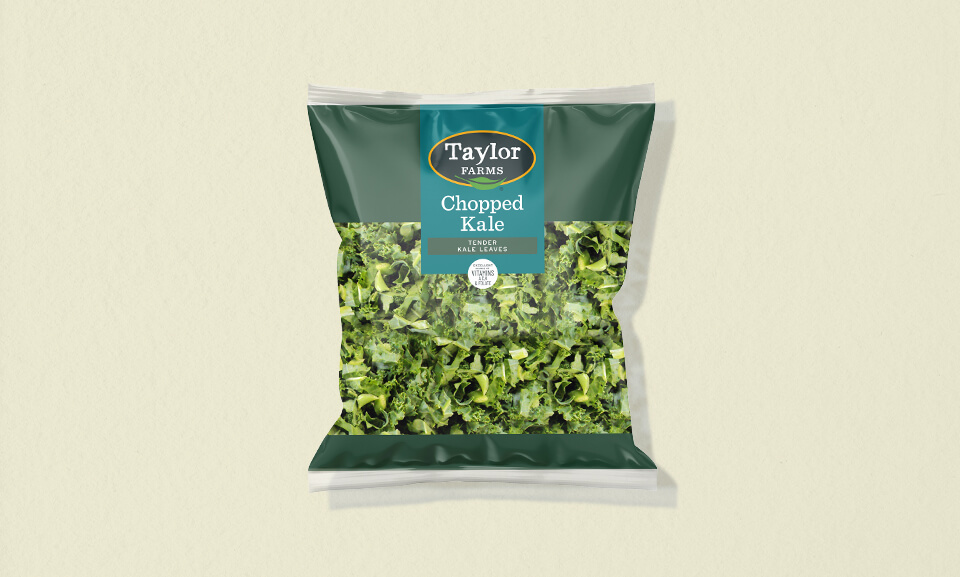
How Much Fiber is in Kale?
Kale is a fiber superstar, offering about 1.5 grams of fiber per cup. Its hearty leaves make it perfect for adding to salads, especially when paired with a tangy dressing that complements its slightly bitter flavor. Kale can also be massaged with olive oil to soften its texture, making it even more enjoyable to eat raw.
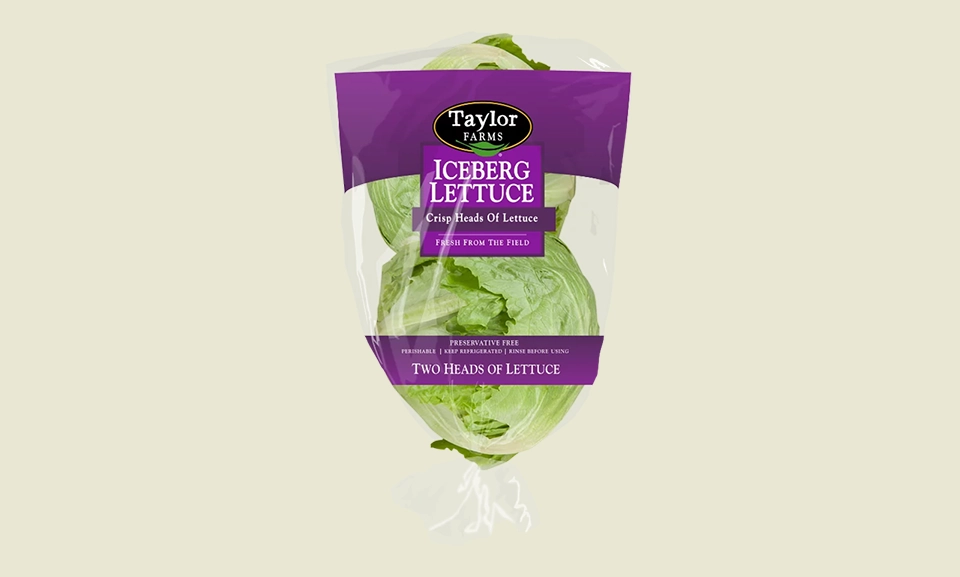
How Much Fiber is in Iceberg Lettuce?
Iceberg lettuce is often found in salads and as a crunchy topping on sandwiches, making it one of the most common varieties. While it’s known more for its cool crunch than its nutritional value, iceberg still deserves a spot on your plate. With about 1 gram of fiber per cup, iceberg lettuce may not be the most fiber-rich option, but its crisp texture and mild flavor make it a popular choice. Pair it with more fibrous greens to create a perfectly balanced and refreshing salad.
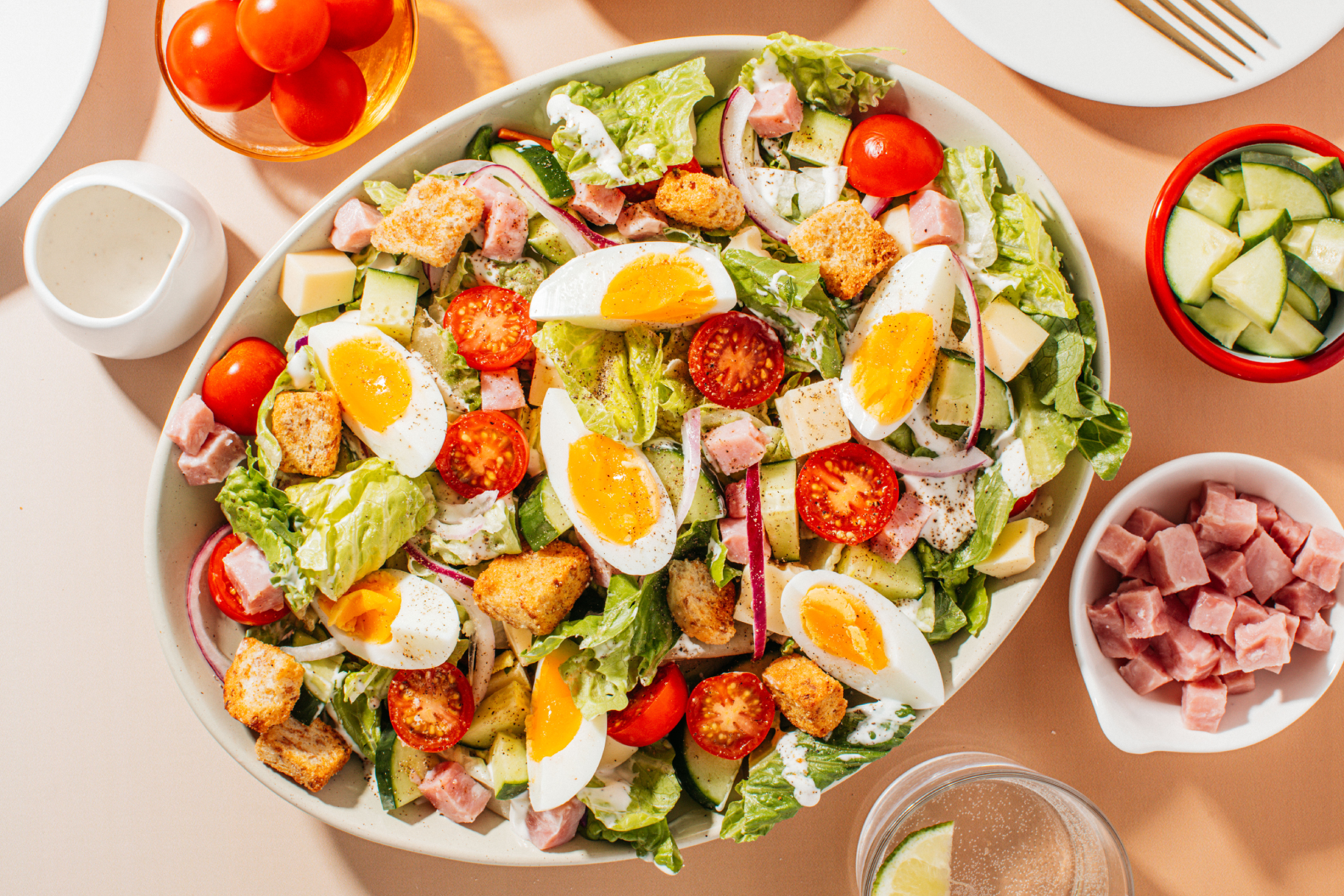
Creating Fiber-Rich Salad Blends
To really maximize your fiber intake, try mixing together different types of lettuces and leafy greens. For example, a harmonious blend of romaine, kale, and red leaf lettuce can give you a fiber boost while providing a variety of textures, colors, and flavors. Adding shredded cabbage or spinach to your salad base can instantly take the fiber content even further, making your meal even more satisfying and nutrient-dense! The possibilities are truly endless, so don’t be afraid to mix things up as much as you’d like!
Other Fiber-Rich Veggies to Include in Salads
Don’t stop with just the greens! Add these fiber-packed veggies to your salad for even more nutritional goodness:
- Carrots: With about 3.6 grams of fiber per cup, shredded or sliced carrots add a sweet, crunchy element to your salad.
- Broccoli: Bringing in about 2.4 grams of fiber per cup, broccoli florets are a great way to add bulk and nutrients.
- Bell Peppers: These colorful gems offer about 2.5 grams of fiber per cup, adding a sweet, juicy flavor that pairs perfectly with any greens.
- Avocado: Yes, we know. It’s technically a fruit, but avocado packs a whopping 10 grams of fiber per cup, plus a creamy texture that takes your salad to the next level. So, we’re including it. Consider avocados akin to those cute videos you sometimes see of animals like baby goats growing up with dogs and thinking they’re dogs. (In other words, avocado may not be a veggie, but it often thinks it is, and we’re fine with that.)
Final Thoughts
Lettuce might not always be the first thing that comes to mind when you think of fiber-rich foods, but with just a little planning, it can play a massive role in boosting your daily intake. Simply mix and match different greens and veggies to keep your meals exciting and balanced. Whether you’re a fan of romaine, kale, or a tender spring mix, there’s a fiber-rich salad blend out there waiting to become your next favorite!
